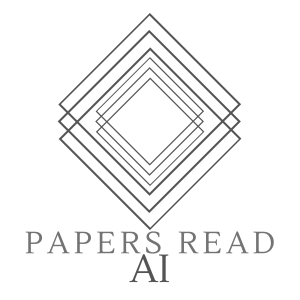

TensorFlow enables developers to experiment with novel optimizations and training algorithms. TensorFlow supports a variety of applications, with a focus on training and inference on deep neural networks. Several Google services use TensorFlow in production, we have released it as an open-source project, and it has become widely used for machine learning research. In this paper, we describe the TensorFlow dataflow model and demonstrate the compelling performance that TensorFlow achieves for...
TensorFlow enables developers to experiment with novel optimizations and training algorithms. TensorFlow supports a variety of applications, with a focus on training and inference on deep neural networks. Several Google services use TensorFlow in production, we have released it as an open-source project, and it has become widely used for machine learning research. In this paper, we describe the TensorFlow dataflow model and demonstrate the compelling performance that TensorFlow achieves for several real-world applications.
2016: Martín Abadi, P. Barham, Jianmin Chen, Z. Chen, Andy Davis, J. Dean, M. Devin, S. Ghemawat, Geoffrey Irving, M. Isard, M. Kudlur, Josh Levenberg, Rajat Monga, Sherry Moore, D. Murray, Benoit Steiner, P. Tucker, Vijay Vasudevan, Pete Warden, Martin Wicke, Yuan Yu, Xiaoqian Zhang
TensorFlow, Machine learning, Dataflow, Algorithm, Reinforcement learning, Programming model, Data-flow analysis, Fault tolerance, Scheduling (computing), Memory management, Open-source software, Computation, Server (computing), Weak consistency, Distributed computing, Deep learning, Repository (version control), Experiment, Requirement, Mathematical optimization, User space, Multi-core processor, Scalability, Immutable object, Application-specific integrated circuit, Graphics processing unit, Central processing unit, Map, Artificial neural network, Processor register
https://arxiv.org/pdf/1605.08695v2.pdf
View more
Comments (3)
More Episodes
All Episodes>>Creat Yourt Podcast In Minutes
- Full-featured podcast site
- Unlimited storage and bandwidth
- Comprehensive podcast stats
- Distribute to Apple Podcasts, Spotify, and more
- Make money with your podcast
It is Free












